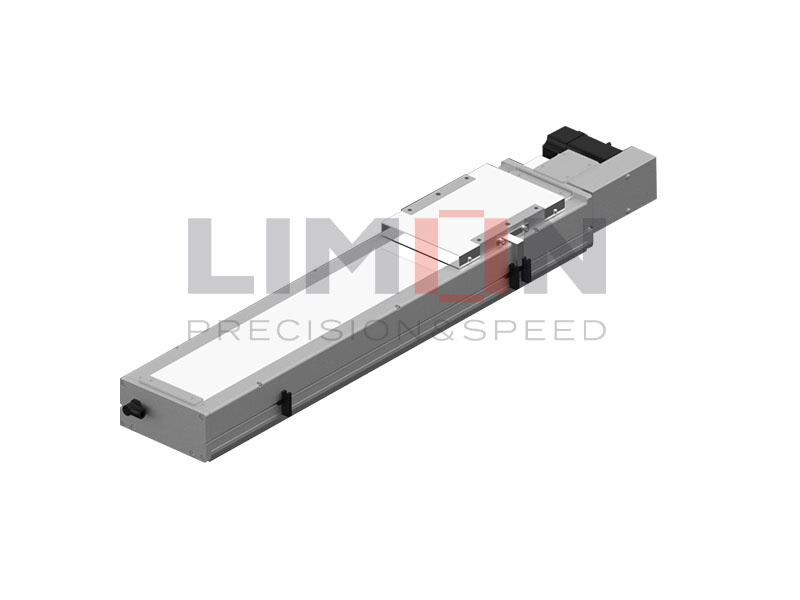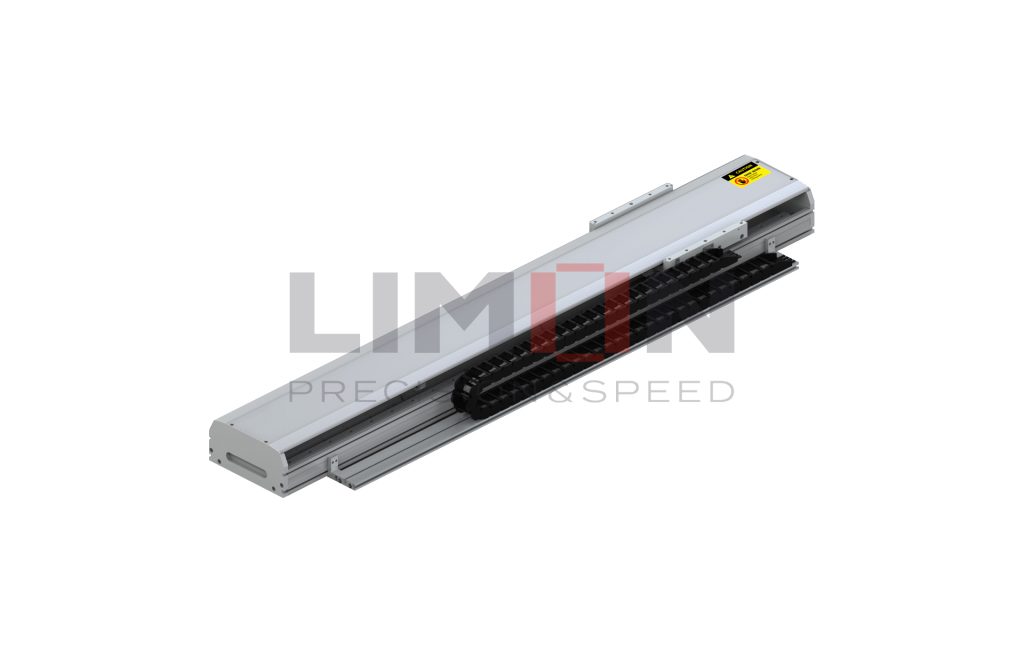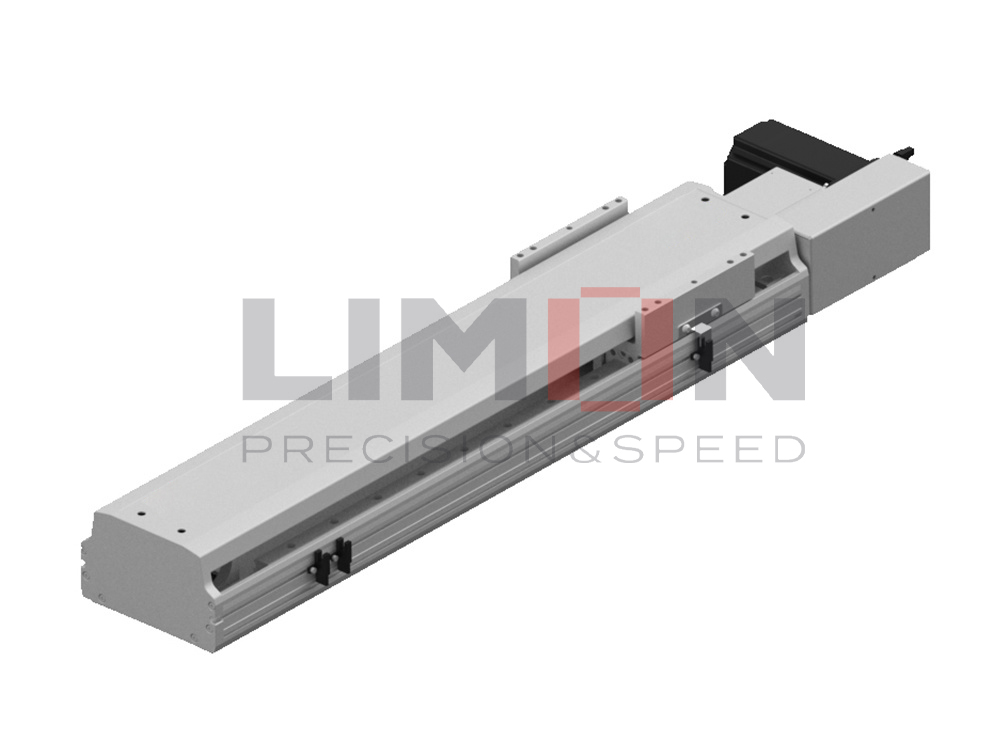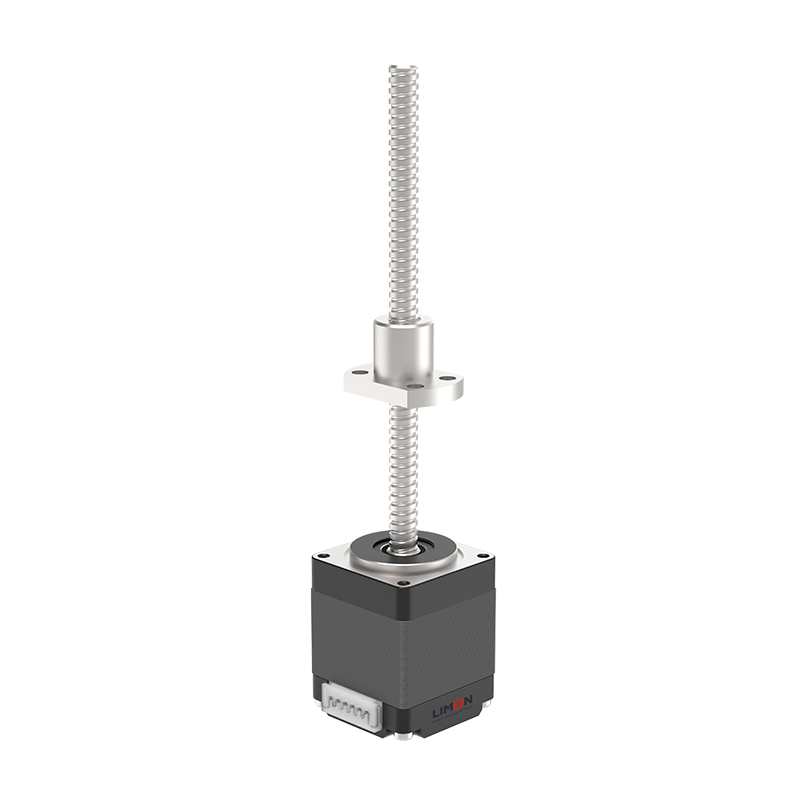Choosing the right servo drives is a critical step in optimizing the performance of your industrial automation system. In this comprehensive guide, we will walk you through essential factors to consider when selecting servo drives in plural form for your specific application. By the end of this article, you’ll be well-equipped to make informed decisions that align with your unique requirements.
Understand Your Application Requirements:
The first step in selecting the right servo drives is gaining a deep understanding of your application’s unique needs. Consider factors such as torque, speed, precision, and environmental conditions. Identifying the specific demands of your system will guide you toward servo drives that align with your performance expectations.
Compatibility and Integration:
Ensure compatibility between your chosen servo drives and other components within your automation system. Opt for servo drives that seamlessly integrate with your controllers, motors, and feedback devices. Choosing widely supported communication protocols facilitates smooth integration and reduces the risk of compatibility issues.
Performance Characteristics:
Evaluate the performance characteristics of servo drives to ensure they meet your application’s demands. Factors such as response time, accuracy, and resolution play a crucial role in achieving optimal control. Select servo drives with advanced feedback systems, such as encoders, to enhance precision and overall system performance.
Scalability for Future Needs:
Choose servo drives that offer scalability to accommodate potential expansions or upgrades in your automation system. A modular and flexible solution allows for easy integration of additional drives or functionalities as your application requirements evolve, saving costs and minimizing disruptions.
Consider Environmental Factors:
Assess the operating environment of your application and select servo drives with designs that can withstand specific conditions. Temperature, humidity, and vibration levels can impact performance, so choosing robust servo drives with adequate protection features ensures reliability in diverse environments.
Energy Efficiency:
In today’s eco-conscious landscape, energy efficiency is a crucial consideration. Look for servo drives with features such as regenerative braking capabilities to contribute to energy savings and reduce operating costs. Energy-efficient servo drives align with sustainability goals and improve the economic viability of your automation system.
Reliability and Support:
Prioritize servo drives from reputable manufacturers known for producing reliable and durable products. Ensure there is robust technical support, comprehensive documentation, and accessible software tools to assist with implementation and troubleshooting. A reliable support system is essential for the long-term success of your automation setup.
Selecting the right servo drives for your application is a nuanced process that involves considering various factors. By understanding your application requirements, ensuring compatibility, evaluating performance characteristics, planning for scalability, considering environmental factors, prioritizing energy efficiency, and emphasizing reliability and support, you can make informed decisions. This comprehensive guide serves as a valuable resource to guide you through the selection process, empowering you to optimize the performance of your industrial automation system.




